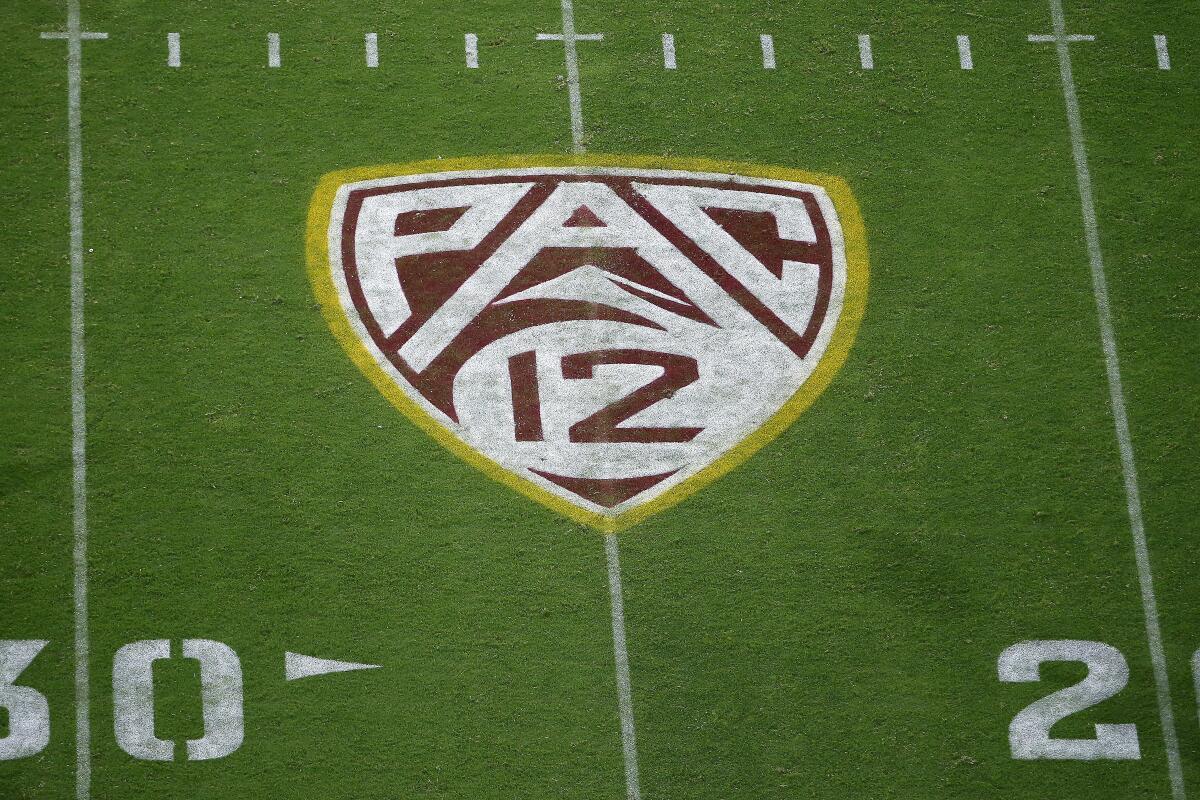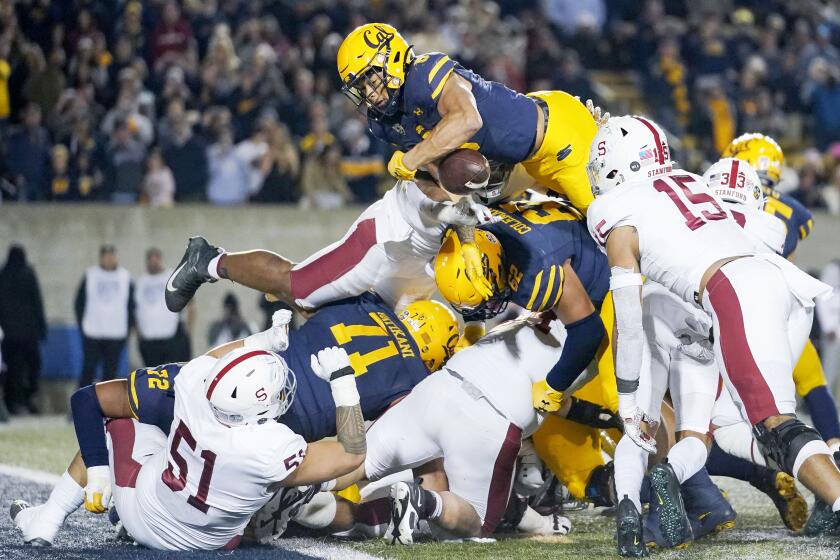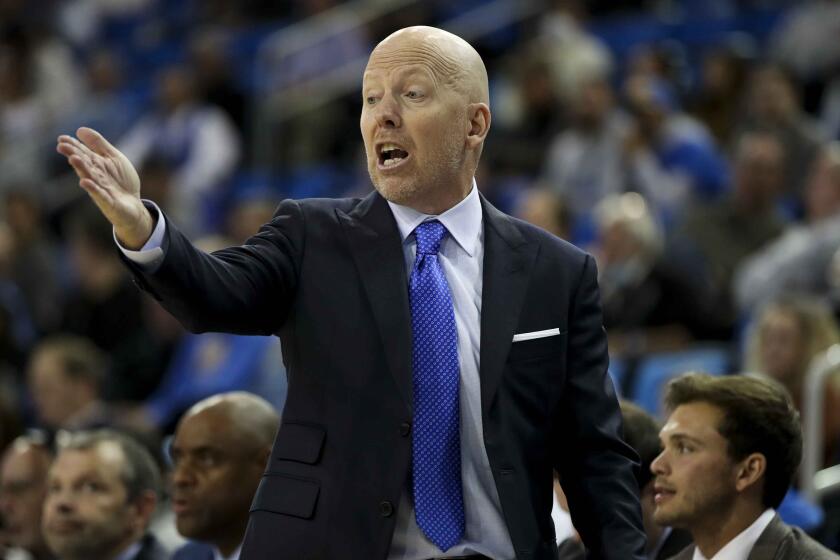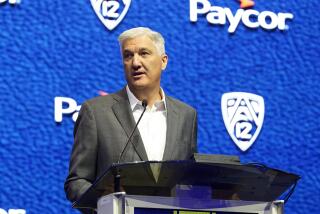Q&A: The downfall of the Pac-12: How did we get here and what comes next?

The Pac-12 is now down to the Pac-2.
With the news last week that Stanford and California will bolt to the Atlantic Coast Conference next year, the speedy demise of a power conference that has been around for more than a century is nearly complete, with only Washington State and Oregon State remaining.
For now, at least.
Naturally, there are a lot of questions that come with these developments. Here’s an attempt at answering some of them:
How did we get here?
For a detailed explanation, read J. Brady McCollough’s recent analysis here. The abridged version goes something like this:
How did the Pac-12 die? These surprising decisions by USC, Oregon, Washington and others thwarted efforts to save the conference.
The Pac-12 has no media rights deal beyond July 2024. Frustrations within the conference regarding the negotiations for a new deal provide a backdrop for the events of the last 13 months. In July 2022, USC and UCLA shocked college football with the announcement that they would be leaving the Pac-12 for the Big Ten in 2024.
After the Pac-12 did little to stabilize itself over the ensuing year, a number of other teams fled the conference this summer — Colorado jumped to the Big 12 in July, Washington and Oregon joined the Big Ten, and Arizona, Arizona State and Utah moved to the Big 12.
It all set the stage for Stanford and California to join the ACC, along with the American Athletic Conference’s Southern Methodist, last week.
Washington president Ana Mari Cauce told Christian Caple’s On Montlake that many thanked her for making the difficult to leave the Pac-12.
“I understand tradition,” Cauce told Caple. “I understand loyalty. But I also understand the need for change. We did not leave the Pac-12 that people are grieving. We left the Pac-12 that was, at best, on life support. And it was fairly toxic, because there was no trust. There was constant gossip and leaks. That last year was really tough on everybody”
Wait, how could all these teams just abandon the Pac-12? Was there no contract?
Actually, there was not. Nothing contractually bound the schools together beyond the media rights agreement that ends next summer. Had the schools signed a grant of rights agreement with the Pac-12, there would have been little incentive for them to switch conferences since the Pac-12 would still have the right to make money broadcasting those schools’ games. But no such agreement was ever signed.
Stanford and Cal have found new homes in the Atlantic Coast Conference, leaving just Washington State and Oregon State behind in the Pac-12.
Why would the TV networks want all this realignment?
Different networks have deals with each major college conference. The chance to feature games in large media markets and in every time zone is a chance to expand the audience and make more money.
What’s going to happen to Oregon State and Washington State?
Lots of things might happen. They could move to the Mountain West Conference. Or they could opt to stick around for a potential Pac-12 rebuild that might involve the addition of teams from other conferences or possibly a merger with the Mountain West.
Mountain West commissioner Gloria Nevarez, who previously worked for the Pac-12, told reporters she met with Oregon State and Washington State representatives and is “open to exploring anything that makes us stronger.”
Oregon State and Washington State might be able to cash in on emergency funds and NCAA tournament credits forfeited by the 10 departing Pac-12 members, prompting Colorado State athletic director Joe Parker to tell the Denver Post a scheduling alliance might make the most sense after the other 10 Pac-12 members leave in July 2024.
How is any of this good for athletes?
Honestly, in some ways it’s not. Sure, it will provide more coast-to-coast exposure, more amenities and consistent paths to the postseason for some schools like UCLA and USC. But how much of that is negated by, say, five-hour plane rides for conference matchups possibly during the school week?
“None of it is in the best interest of the student-athlete, no matter what anybody says,” UCLA men’s basketball coach Mick Cronin said last month. “It’s in the best interest of more money to cover the bills. That’s it.”
UCLA men’s basketball Mick Cronin says conference realignment is not helping athletes and it only helps athletic departments operating in the red.
Who is going to pay for all this travel?
The increased TV revenue is supposed to help fund the coast-to-coast travel. Schools are also discussing playing non-football games at regional venues, essentially playing a bunch of tournaments to reduce the travel burden.
Will any of the Pac-12 teams still play each other?
Departing schools need to play some nonconference games closer to home, and many administrators have pledged to protect old Pac-12 rivalries by continuing to play each other.
More to Read
Go beyond the scoreboard
Get the latest on L.A.'s teams in the daily Sports Report newsletter.
You may occasionally receive promotional content from the Los Angeles Times.















